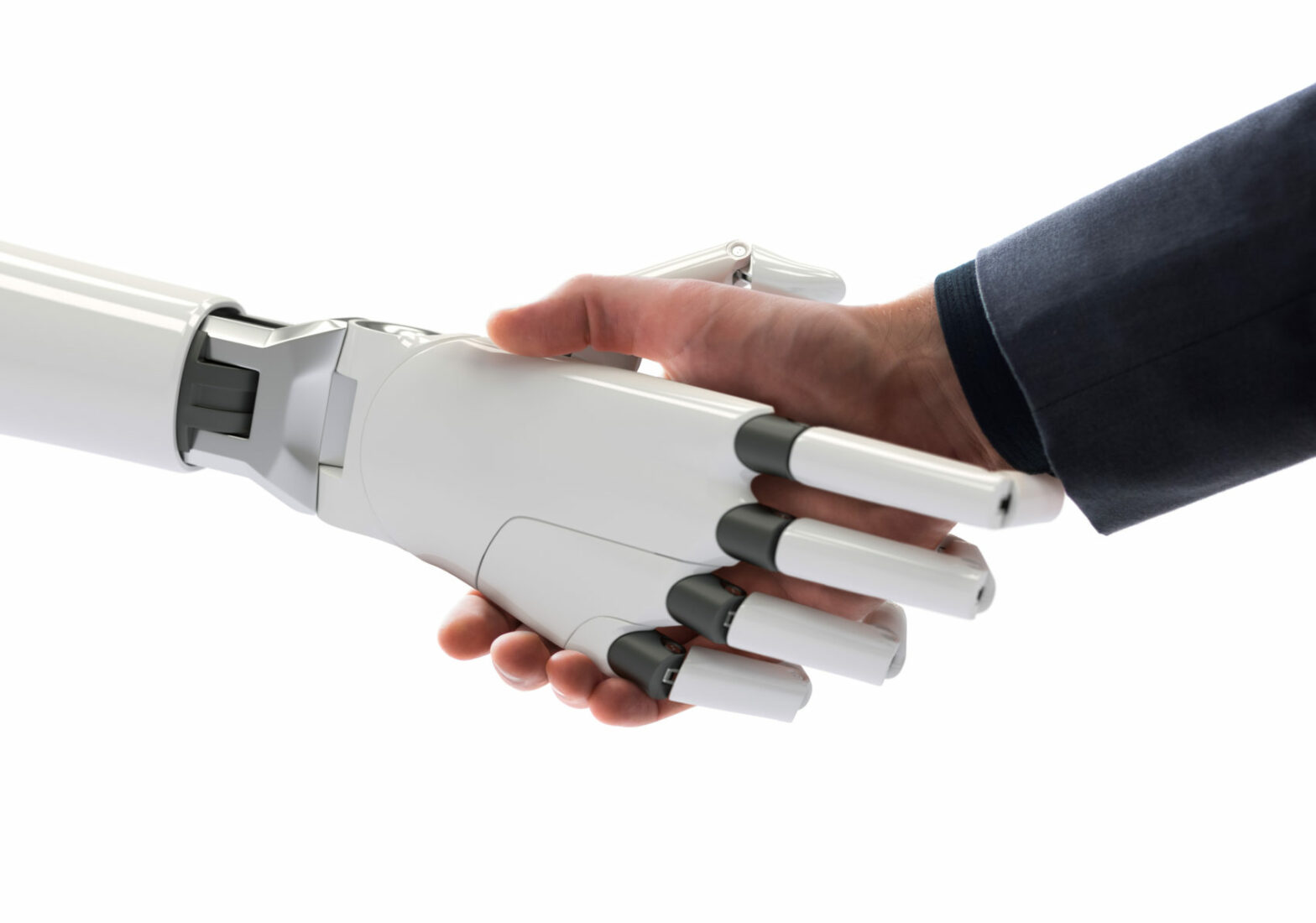With just four in ten small businesses still trading after five years, it’s never been more important for organisations to not only establish themselves, but to turn their attention to growth. For every business, growth will mean something different.
It could be exploring alternative geographies, expanding the number of employees, or offering a wider range of products and services. However, regardless of each individual definition, organisations need to ensure that they are always looking at how best to achieve scalability.
Although ambitious ideas and notorious planning certainly play a key role in growth, technology is an enabler– helping organisations to achieve their growth goals. It allows siloed business departments to connect, improves operations, and frees up human resource to innovate business-wide. However, while technology is often the core of a company, much of it sits behind the scenes, ensuring efficiency and precision in areas such as the back office.
Within technology, automation and robotics are quickly becoming a focus point for businesses. In fact, according to a recent report from Deloitte, increasing automation is currently the second most important strategic priority for shared services and global business leaders.
While some businesses are already capitalising on the benefits of robotics, there are many that are yet to fully understand and utilise robotic capabilities, which allow businesses to do more with the same or less resource.
If implemented correctly robotics can not only contribute to the smooth running of the business but also ease scalability. Here’s five ways how:
Keeping it consistent
Introducing robotics into a business ensures the same level of quality is achieved company-wide. Human error is removed, and predictable, rules based tasks embody standardisation and control.
Increased productivity
Unlike humans, robots will never tire of carrying out repetitive or mundane tasks. By relieving staff of the stress of manual, back office tasks to robotics, there can be an increase in productivity across the wider business.
Digital robots can also be initiated by other robots which enables them to work autonomously and allows entire business processes to be automated without the need for human intervention.. This brings even more productivity to an organisation.
Enhanced reliability
Businesses that are looking to expand cannot expect to do so without getting the back office productivity improved. Robotic processes tend to be far more reliable than human-run processes. People can get distracted and make mistakes. Robots, however operate within clearly defined regulatory and security perimeters- carrying out faultlessly an infinite number of processes.
Flexibility
Many organisations are under the impression that robots are limited in their use as they are designed to only carry out the tasks they are programmed to do. However, robots can in fact be very flexible. Automation systems if set up smart can adapt to any situation. Rather than just copying the actions of humans in activities and tasks, smart software robots can be configured to handle each step of a wider process. This means that they can acclimatise quickly to the situation in hand, and carry out each element of end-to-end processes.
Focus on what matters
A growing concern around the use of robotics is that as automation increases, there will be fewer tasks left for people to do. However, a recent economic study suggests there to be a positive relationship between robotics and employment. Currently, the UK has only 33 robots per every 10,000 employees operating across the general industry – a similar per cent compared to other countries.
Robotic automation is increasing the total number of jobs. By allocating the repetitive tasks to robots, human labour can be focused on the tasks that matter and bring real value to the business- removing the robot from the human as it were. People can be given the tasks that use communication, understanding and require a human touch.
For businesses to truly capitalise on the benefits of using robotics to scale, the way they see automation needs to change. The most important part of this is ensuring a balance is maintained between robotics and the human workforce. Businesses that embrace automation will not only be able to leave behind any inefficiencies but look towards a future of expansion- that combines both human and robotic talents.
Simon Shah is chief marketing officer of Redwood Software





